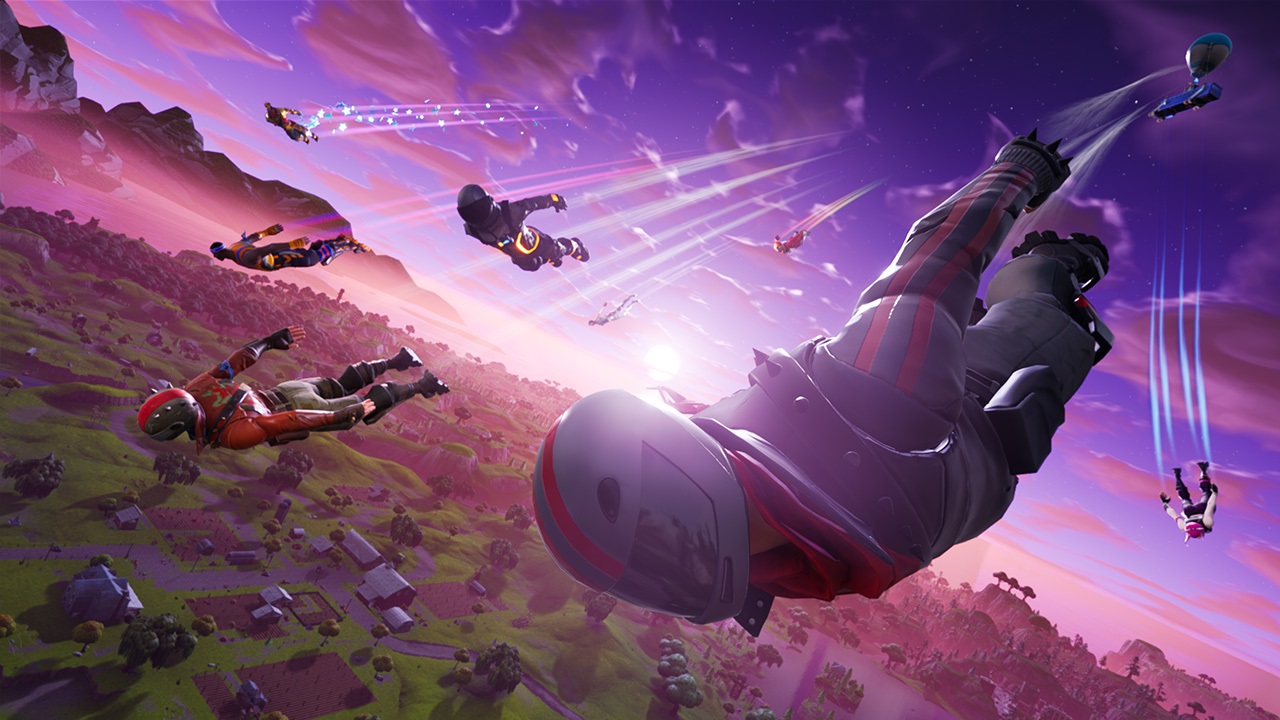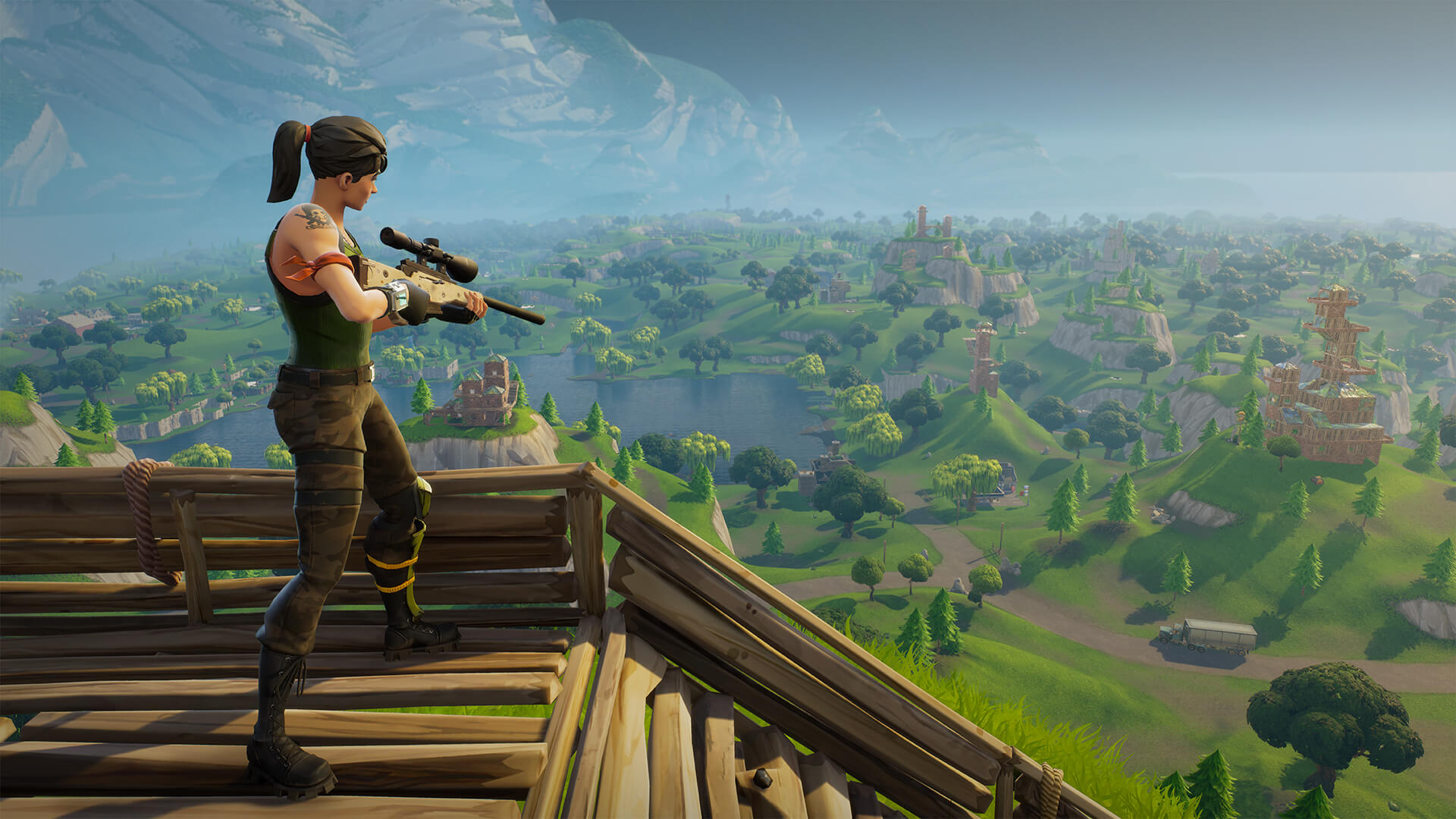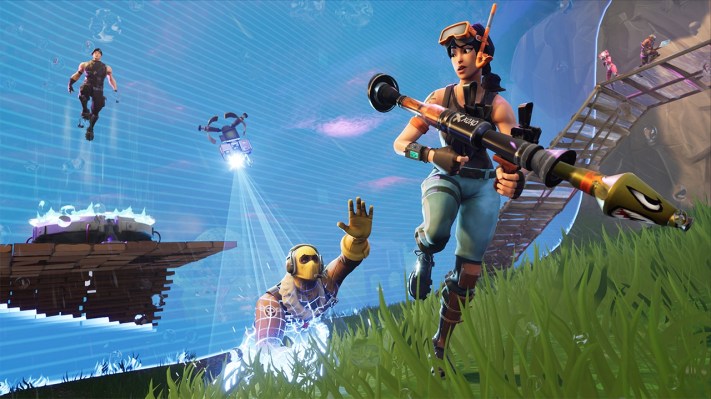A new U.S. Supreme Court decision is pitting entertainers and video game developers against one another in a high-stakes battle royale.
The decision in Fourth Estate Public Benefit Corp. v. Wall-Street.com LLC raises interesting questions about several lawsuits brought against Epic Games, the publisher of popular multiplayer game Fortnite.
In Fortnite, players may make in-game purchases, allowing player avatars to perform popular dance moves (called emotes), such as the Carlton, the Floss, and the Milly Rock.
Five performers, all represented by the same law firm, recently filed separate lawsuits against Epic Games in the Central District of California, each alleging: (i) the performer created a dance; (ii) the dance is uniquely identified with the performer; (iii) an Epic emote is a copy of the dance; and (iv) Epic’s use of the dance infringes the plaintiff’s copyright in the dance move and the dancer’s right to publicity under California statutory and common law.
In short, the dance creators argue that Epic Games used their copyrightable dance moves in violation of existing law.

The building battle
What do these Fortnite lawsuits in California have to do with the US Supreme Court? US copyright law says that a copyright owner can’t sue for copyright infringement until “registration of the copyright claim has been made” with the US Copyright Office. Prior to the recent Supreme Court decision in Fourth Estate, lower federal courts split over what this language means.
Some (including the federal courts in California) concluded that a copyright claimant could sue an alleged infringer upon delivering a completed copyright application to the Copyright Office. Other lower federal courts held that the suit could not be brought until the Copyright Office issued a registration, meaning that the Office viewed the work to be copyrightable.
Because the Copyright Office now takes over seven months to process a copyright application and issue a registration, claimants often chose to sue in California federal courts, which had adopted the quicker “application approach.” This was the route chosen by the plaintiffs in all five Fortnite cases.
Down (but not out)
On March 4, 2019, in Fourth Estate, the Supreme Court ruled that California federal courts and others following the application approach were wrong, and that a plaintiff cannot sue for copyright infringement unless the Copyright Office has issued a copyright registration.
This had an immediate impact on the Fortnite lawsuits because the Copyright Office had not yet registered any of the dances and, indeed, had found two of the plaintiffs’ dances uncopyrightable. Recognizing their vulnerability, plaintiffs preemptively withdrew these lawsuits, announcing they would refile the complaints once the Copyright Office issued registrations.

Epic question #1: are the emote dances copyrightable?
The central question is whether the dances used in Fortnite emotes are copyrightable material protected under US law. If not, then Epic Games’ use of the dances is not copyright infringement, and in-game sales of the particular dances may continue unfettered.
Dance moves fall into a gray area in copyright law. Copyright law does protect “choreographic works,” but the Copyright Office says that “social dance steps and simple routines” are not protected. What’s the difference between the two? The Copyright Office says that choreography commonly involves “the composition and arrangement of a related series of dance movements and patterns organized into a coherent whole” and “a story, theme, or abstract composition conveyed through movement.” Dances that don’t meet this standard can’t be copyrighted, even if they are “novel and distinctive.”
So are the Fortnite plaintiffs’ dances “choreographic works” in the eyes of the Copyright Office? Herein lies a clash of cultures. The performer-plaintiffs undoubtedly feel they have created something not just unique, but a work entitled to protection for which they are owed damages. But the buttoned-down Copyright Office may not agree.
The Copyright Office has already denied Alfonso Ribeiro a copyright registration for the Carlton, a widely recognized dance popularized by Ribeiro during his days as Carlton Banks on the show Fresh Prince of Bel Air. The Office stated that the Carlton was “a simple routine made up of three dance steps” and “is not registrable as a choreographic work.”
The plaintiffs’ lawyer in the Epic Games cases has disclosed that 2 Milly’s application for copyright in the Milly Rock was also rejected, but that a long “variant” of Backpack Kid’s Floss dance was accepted for registration. The Copyright Office’s view on the other two plaintiffs’ dances has not yet been reported.

If a registration is denied
Denial of a copyright registration is not necessarily a dead end for these lawsuits. The Copyright Act allows a plaintiff who has been refused a copyright registration by the Copyright Office to still sue a potentially offending party for copyright infringement. However, the Copyright Office can then join the lawsuit by asserting that the plaintiff’s work is not entitled to copyright protection.
Historically, the federal courts have usually followed the Copyright Office’s view that a work is uncopyrightable. If the other Fortnite plaintiffs are denied registration, as Ribeiro and 2 Milly were, they will all face an uphill fight on their copyright claims.
Other issues to overcome
Even if the plaintiffs’ copyright claims survive, they face other problems, including originality, which is a requirement of copyright. If their dances are composed of moves contained in dances previously created by others, the plaintiffs may fail to convince the court that their dances are sufficiently original to warrant their own copyright. For example, Ribeiro has stated in interviews that moves by Eddie Murphy, Courtney Cox and Bruce Springsteen inspired him when he created the Carlton.
Ownership of the dance can also be at issue if the dance was created in the course of employment (such as while working as an actor on a television show), as the law may hold that the employer owns the copyright.
Epic question #2: the right to publicity
The plaintiffs’ right to publicity arguments could go further than their copyright infringement claims. The right to publicity claims were based on the assertion that plaintiffs’ dances are uniquely associated with them and that Epic Games digitally copied the plaintiffs performing the dances, then created a code that allows avatars to identically perform the dances. Some side-by-side comparisons of the original dance performances and the Epic emote versions (speed adjusted) look strikingly similar for the few seconds the emote lasts. According to plaintiffs, this use misappropriated their “identity.”
Their assertion is not as far-fetched as it may seem, given the broad reading courts in California have given to the state’s common law and statutory publicity law. For example, the Ninth Circuit has previously ruled that an ad featuring a robot with a wig that turned letters on a board wrongfully took Vanna White’s identity, and that animatronic robots sitting at airport bars vaguely resembling “Norm” and “Cliff,” characters from the popular TV show Cheers, misappropriated the identities of the actors who played the roles, George Wendt and John Ratzenberger.
There remains an open question on whether the courts will be willing to take another step and find that a game avatar having no physical resemblance to a performer misappropriates the performer’s publicity rights just because the avatar does a dance popularly associated with the performer.
Once the Copyright Office announces its decisions on the outstanding copyright applications, the Fortnite plaintiffs may choose to re-file their cases; and this question could eventually be decided.
